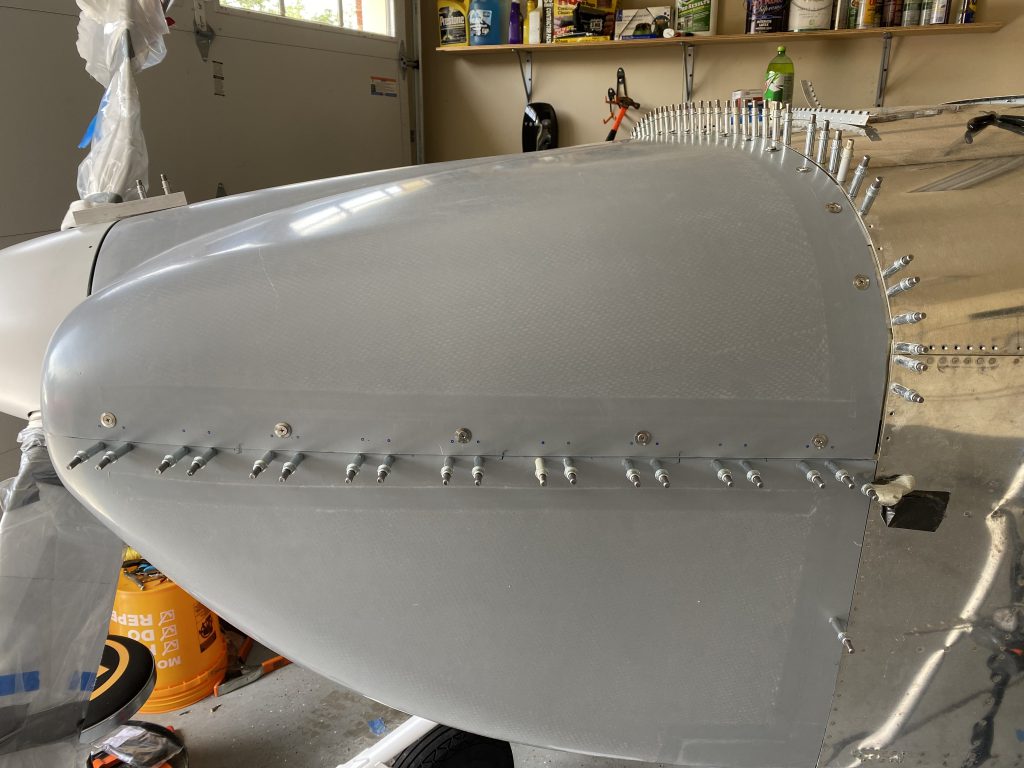We have spent the last couple days working on the punch list. We have knocked out a couple big things of late.
We got the Garmin G3X system updated to the latest software: 8.7.2.
We got the flaps and ailerons connected and properly rigged. This was a pain in the butt because it requires putting several washers in the connections in places that are difficult to get to. It’s kind of cool to move the stick and see the control surfaces move appropriately.
We got more of the antenna work done. We now have all of the antennas installed and connected. I will likely shorten the cable to the nav antenna in the wing. I still need to put some silicone on the transponder antenna.
We got the seatbelt shoulder straps installed. We still need to install the seatbelts.
The plan is to do an engine start next weekend. This requires the brakes to be completed and the fuel piping from the wings to the fuselage to be installed. I hope to do these two tasks on Tuesday or Wednesday assuming the parts I need arrive.
Other things on the horizon: more cowl work, connect the rudder cables,
My friend, John was invaluable (again).




























